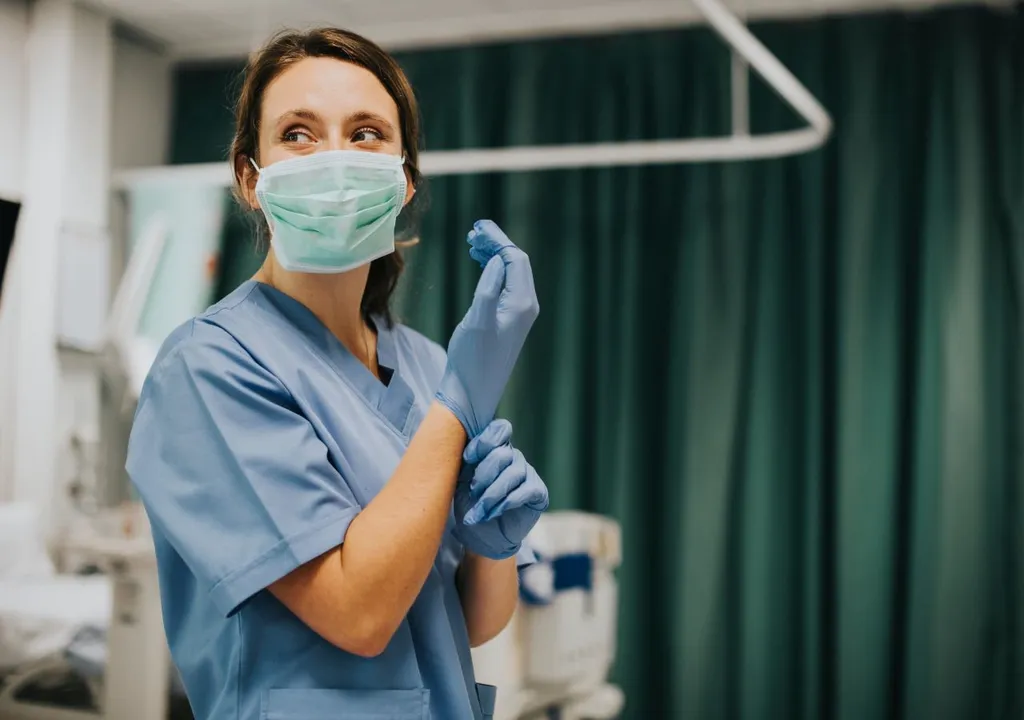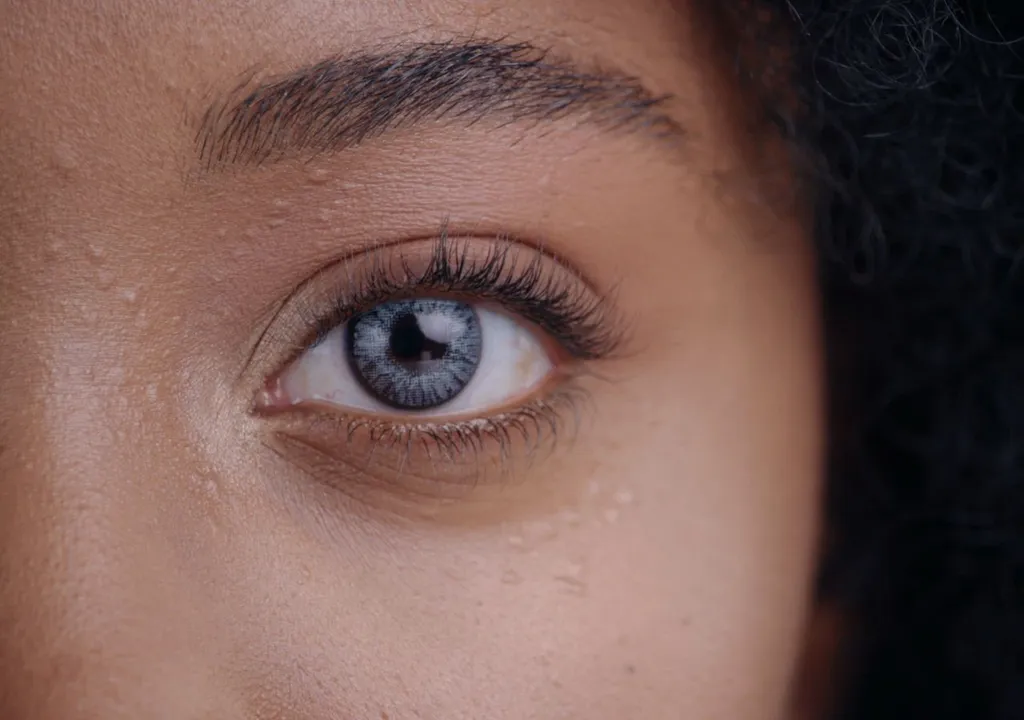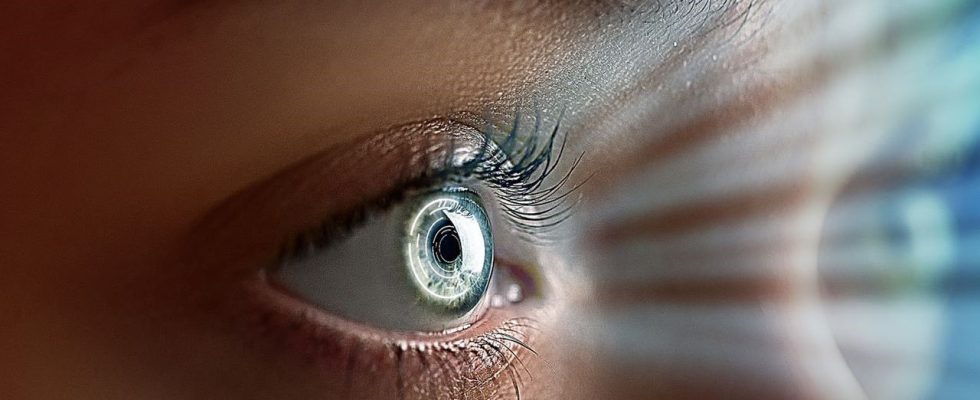In 2015, the International Agency for the Prevention of Blindness estimated that 36 million people worldwide are blind and 217 million people suffer from moderate or acute vision problems.
According to the definitions of the World Health Organization (WHO) blindness occurs when visual acuity is corrected with glasses in the less affected eye is less than 1/20. More and more people around the world are suffering from serious illnesses that can lead to complete blindness.
However, in recent years, research has made great strides in combating this phenomenon, with increasingly effective studies surgical techniques and treatments for eye infections that can lessen the effects.
The help of technology
In recent years the digital health started, that Field of ophthalmology by presenting its most innovative solutions to combat various eye diseases. New technologies have enabled faster treatment of less serious conditions and improvements in life-altering diseases.
The most creative minds in ophthalmology have been fueled by the introduction of breakthrough technologies. Many diseases and illnesses have been treated with these amazing innovations.

Second Sight, a company based in Californiaand the German company Retina Implant AG have teamed up with the French company Pixium Vision teamed up and developed implantable visual prosthesesthe blind patients with Retinitis pigmentosa could reproduce eyesight. The first trials officially began in 2016.
The most striking case was that of a British woman suffering from retinitis pigmentosa who regained her sight thanks to a bionic eye used as part of a study at the Oxford Eye Hospital in the United Kingdom.
Using Second Sight’s innovation, surgeons in Manchester, UK, implanted a bionic eye for the first time in a patient with AMD in 2015. Ray Flynn, 80, had completely lost his central vision. But thanks to the retinal implant, he was able to see the computer screen more clearly again. Although the implant cannot provide a very detailed view, but it can help patients recognize patterns and shapes such as door frames and vehicles.
Artificial retina and brain implants
A new device called Argus IIthat from Second Sight was presented is intended to help patients suffering from retinitis pigmentosa. Some time ago, Second Sight began developing another version of the device. This modified version focuses only on mobilizing the visual cortex, the part of the brain responsible for processing visual information, and not the eye itself.
By supplying electrical impulses, the brain is supposed to react by recognizing light patterns. This innovation could help around 6 million people who are blind due to diseases such as glaucoma, trauma, cancer and diabetic retinopathy.
Another interesting innovation comes from the Italian Institute of Technology. Their new approach is to treat retinal degeneration with a prosthesis that is implanted into the eye.

The prosthesis is used to replace the damaged retina, so it is essentially an artificial retina. The company is developing this prosthesis instead of a “bionic eye”, but in reality it should enable similar results. The technology shows promising results and the first human trials should take place very soon.
The latest information about the investigation
The researchers in Melbourne have so far developed a prototype that is sensitive to UV rays, but they are working to include a wider range of light sources, including visible and infrared light.
The bionic eye, which would restore sight to people who have lost their sight or even to those who could never see, is just one of the possibilities
Technologies capable of evaluating huge amounts of visual information in real time, pave the way for a wide range of applications, such as: B. autonomous cars that interpret dangerous situations almost immediately, or robots with better visual perception that are therefore able to interact more naturally with the world around us.

